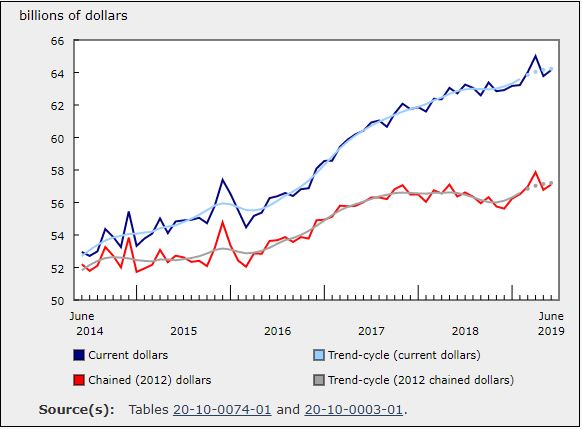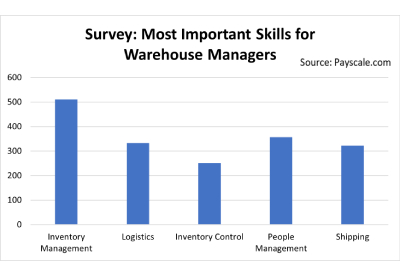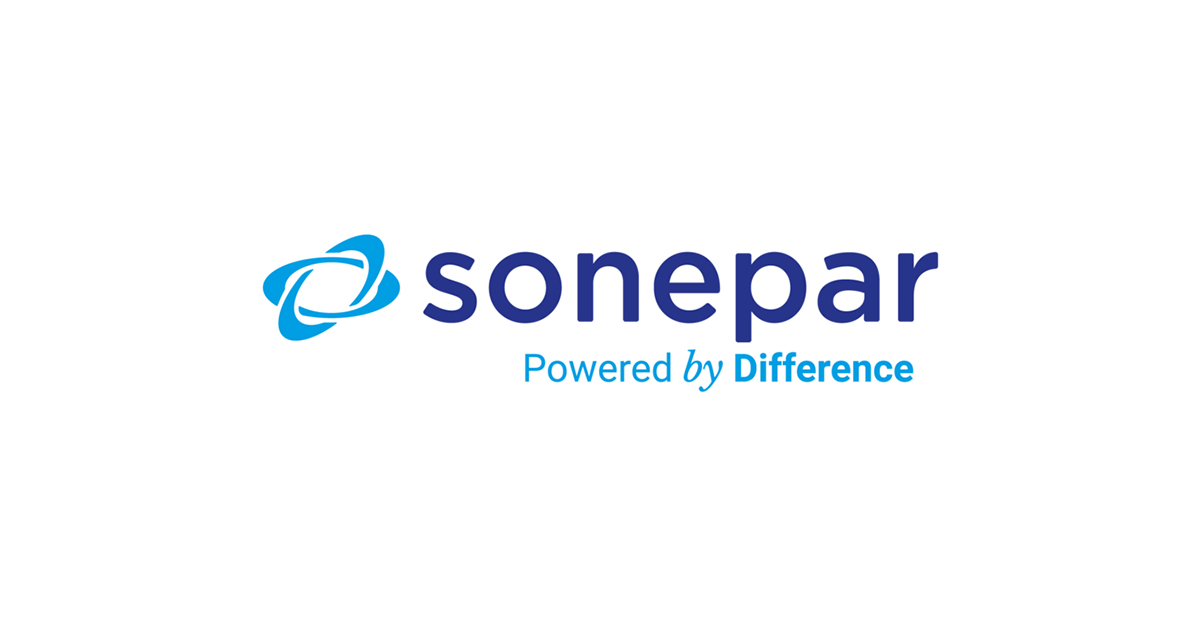Top 10 Telephone Turnoffs: How to Improve Telephone Communications

September 30, 2018
By Jeff Mowatt
Like you, there are times in my work when emails and texts aren’t efficient and I actually need to phone someone and have a real conversation. In my case, it’s when I’m preparing for a training session or to speak at a conference that requires interviewing senior managers and key employees. I’ve made literally thousands of calls over the years, and since I pay particular attention to customer communication I’ve created a list of Top 10 Telephone Turnoffs. See if you can relate to them, which I’ve rated from least annoying to worst. More importantly, read the accompanying tips to ensure you and your team members aren’t committing the same offences.
10. “Good afternoon, thank you for calling ABC company, Ralf speaking. How can I help you?” Long greetings waste the caller’s time. Instead, just open with, “Thank you for calling ABC company, this is Ralf.” It’s concise and finishes with the employee’s name rather than the word speaking. People remember the word spoken last and the most important word is your name. While you’re at it, avoid asking, “How can I help you?” The caller will tell you this, and adding that statement essentially steps all over your name by following it with more words that make it even less memorable.
9. “Hello.” While, turnoff #10 was too long, this greeting doesn’t offer enough information. If a call is transferred to you from a switchboard, just say, “Good morning (or afternoon), this is Jeff.” In this case, by saying good morning you let the caller know they’ve reached you live; not your voice mail.
8. “How are you?” Asking this question to someone you’ve never met has two unintended consequences: 1) sounds insincere 2) wastes the person’s time. Not a great start, especially when the most important thing you’re trying to establish is trust. Instead of asking, “How are you?” simply introduce yourself, then explain, “We’ve never met. The reason I’m calling is…
7. “Please hold.” Putting a caller on hold without asking permission is rude. Instead, ask permission and thank them: “May I put you on hold for a moment? Thank you.”
6. “I’m either on the phone or away from my desk…” Callers understand that they’ve reached your voice mail. They don’t need an explanation about why. If you’re out of the office for several days mention that. Otherwise, just state, “You’ve reached the voice mail of Jeff Mowatt. Please leave a message. ‘Nuff said. (Please don’t tell me to have a great day. Just stop talking so I can leave a message.)
5. “Your call is important to us.” This is the default recorded message you often hear when reaching a call centre. Again, the most important thing to establish with customers is trust. It doesn’t help when the record message tells a lie. If our call was really that important to the organization, they’d have a live person taking our call. This statement insults our intelligence. Instead, opt for, “Your call will be answered in approximately x minutes. Thank you for your patience.”
4. “You need to call Department X.” (When customers have a complaint). The last thing customers want when expressing a concern is the runaround. If a customer is unhappy, rather than foisting them on another department, ask permission to put the caller on hold. Then you call the department to brief them about the customer’s concern and their state of mind. That leads us to turnoff #3…
3. ABC department? (When picking up a transferred call after you’ve been briefed about their complaint). Forcing unhappy customers to repeat themselves simply elevates their frustration. Instead, answer the call by introducing yourself with your first and last name, explaining that your colleague briefed you, and paraphrasing your understanding of the situation. Then, rather than starting back at square one, the customer can simply correct or confirm the details.
2. Peeking at your smart phone screen while in face-to-face conversation. When you check your phone in front of others you demonstrate a focus on yourself that undermines trust.
1. Talking on a cell phone around others. No one wants to hear a half of a phone conversation from a bystander. Anywhere. Anytime. We’d rather listen to jets taking off than be subjected to someone’s stream of consciousness. If you must make a phone call while others are within earshot, keep it short or go elsewhere to make the call.Bottom Line… the good news about these telephone turnoffs is they are easy to avoid. As I teach in my seminars, ask yourself if everything you say and do enhances or diminishes trust. When you demonstrate your respect for your customers’ time and intelligence, chances are you will be rewarded — literally — with their loyalty.
This article is based on the bestselling book, Influence with Ease by Hall of Fame motivational speaker Jeff Mowatt. To obtain your own copy of his book or to inquire about engaging Jeff for your team, visit www.jeffmowatt.com. Watch for more articles from Jeff in future issues.











